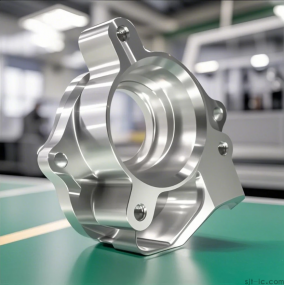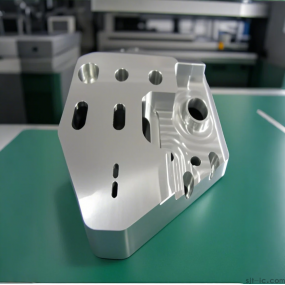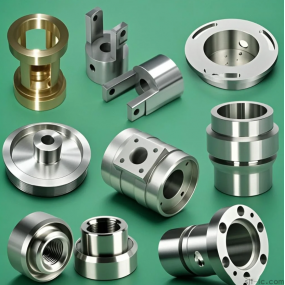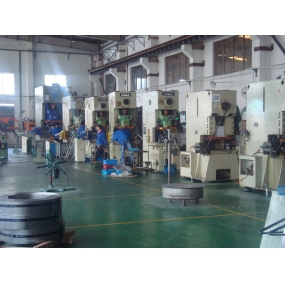First, the interchangeability of parts
Precision parts processing manufacturers introduce that after long-term production and operation of the machine, some parts will inevitably wear out, deform and be scrapped, and replaced with new parts. These parts are called accessories or spare parts. Accessories or spare parts can be installed on the machine without repair or selection, which is called interchangeability.
In order to achieve interchangeability, when manufacturing parts, the size, geometry, etc. of the parts should be made consistent. The so-called consistency is not required to be exactly the same (it is neither economical nor possible to do so), as long as the size and geometry of the parts are controlled within an allowable range, so that the parts and other parts have the same bonding performance. This allowable error range is the shape and position tolerance.
Second, the machining quality of precision parts is expressed by machining accuracy.
1. Geometric shape accuracy
Geometric shape accuracy refers to the accuracy of the geometric shapes such as the surfaces or axes of the components, such as whether the lines are straight, whether the surfaces are flat, and whether the regular sections on the cylinder are round. The allowable range of variation is expressed as "shape tolerance". The smaller the number of shape tolerance, the higher the shape accuracy.
2. Dimensional accuracy
Precision parts processing manufacturers analyze that dimensional accuracy refers to the accuracy of the size of the part after processing, expressed as "dimensional tolerance". When the size of the parts is the same, the higher the accuracy, the smaller the tolerance number.
3. Position accuracy
Precision parts processing manufacturers introduce that positional accuracy refers to the accuracy of the mutual positions between the surfaces of the components, such as whether the two planes are parallel, vertical, and whether the two axes are coaxial, etc., expressed as "positional tolerances".
The above shape and position tolerances are referred to as "shape and position tolerances".


 Spanish
Spanish Arabic
Arabic French
French Portuguese
Portuguese Belarusian
Belarusian Japanese
Japanese Russian
Russian Malay
Malay Icelandic
Icelandic Bulgarian
Bulgarian Azerbaijani
Azerbaijani Estonian
Estonian Irish
Irish Polish
Polish Persian
Persian Boolean
Boolean Danish
Danish German
German Filipino
Filipino Finnish
Finnish Korean
Korean Dutch
Dutch Galician
Galician Catalan
Catalan Czech
Czech Croatian
Croatian Latin
Latin Latvian
Latvian Romanian
Romanian Maltese
Maltese Macedonian
Macedonian Norwegian
Norwegian Swedish
Swedish Serbian
Serbian Slovak
Slovak Slovenian
Slovenian Swahili
Swahili Thai
Thai Turkish
Turkish Welsh
Welsh Urdu
Urdu Ukrainian
Ukrainian Greek
Greek Hungarian
Hungarian Italian
Italian Yiddish
Yiddish Indonesian
Indonesian Vietnamese
Vietnamese Haitian Creole
Haitian Creole Spanish Basque
Spanish Basque











